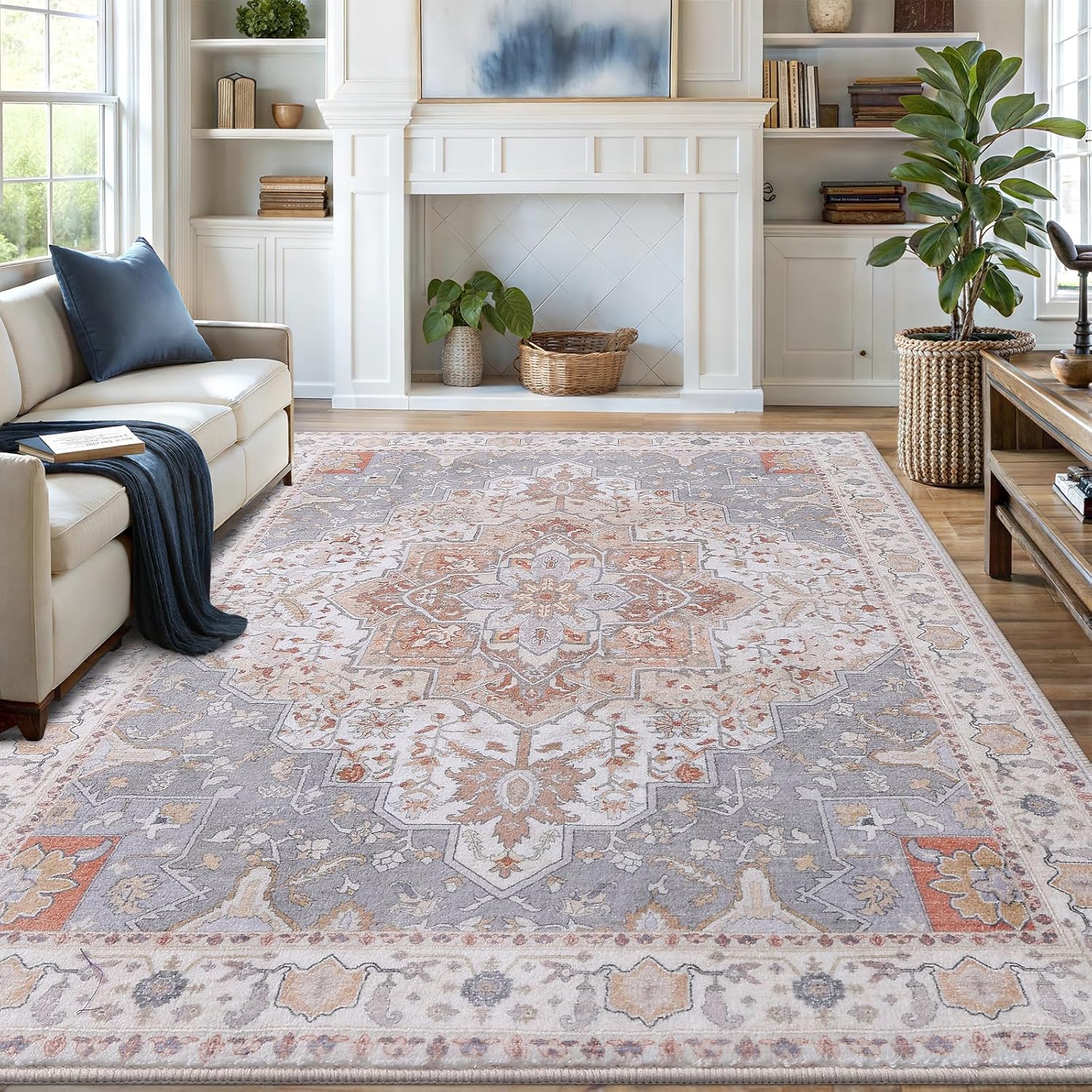To make a vinegar-based mopping solution, mix one cup of white vinegar with a gallon of warm water for effective floor cleaning and odor removal.
Vinegar is one of nature’s most versatile cleaning agents. When mixed properly, it creates an effective mopping solution that disinfects, deodorizes, and cuts through grease without harsh chemicals. This guide will show you how to make the perfect vinegar cleaner for any floor type.

The Science Behind Vinegar Cleaning Power
White distilled vinegar contains 5% acetic acid, which gives it powerful cleaning properties. The acid breaks down dirt, dissolves mineral deposits, and kills bacteria and mold. According to the EPA, vinegar can eliminate 82% of mold species and 99% of bacteria.
Why Vinegar Works Better Than Commercial Cleaners
- No toxic chemical residues left behind
- Safe for pets and children when properly diluted
- Environmentally friendly and biodegradable
- Inexpensive compared to store-bought cleaners

Basic Vinegar Mopping Solution Recipe
This simple formula works for most hard floor surfaces:
| Ingredient | Amount |
|---|---|
| White distilled vinegar | 1/2 cup |
| Warm water | 1 gallon |
| Optional: Dish soap | 1 teaspoon |
Step-by-Step Preparation
- Start with a clean bucket
- Add warm water first
- Pour in vinegar
- Add dish soap if needed for greasy areas
- Stir gently to mix
Specialized Vinegar Solutions for Different Floors
For Tile and Grout
Use our basic recipe with an extra 1/4 cup vinegar for tough grout stains. For more deep cleaning tile grout techniques, check our detailed guide.
For Hardwood Floors
Reduce vinegar to 1/4 cup per gallon to protect the finish. Always test in an inconspicuous area first.
For Laminate Floors
Use 1/4 cup vinegar with 1 gallon water and 1 teaspoon rubbing alcohol for extra shine without damage.
Advanced Cleaning Tips
Boosting Cleaning Power
- For pet stains: Add 2 tablespoons baking soda
- For disinfecting: Add 10 drops tea tree oil
- For shine: Add 1 tablespoon olive oil (wood floors only)
Proper Mopping Technique
Follow these steps for best results:
- Always sweep or vacuum first
- Wring mop thoroughly to avoid excess water
- Work in small sections
- Change solution when it appears dirty
What Not to Use Vinegar On
Avoid vinegar on these surfaces:
- Natural stone (marble, granite, limestone)
- Unsealed wood
- Waxed floors
- Some types of vinyl flooring
For maintaining polished concrete floors, vinegar may not be the best option.
Frequently Asked Questions
Does vinegar leave a smell?
The vinegar odor disappears completely within 30 minutes as it dries. For faster odor elimination, add 5-10 drops of essential oil.
Can I use apple cider vinegar instead?
Stick with white distilled vinegar. Apple cider vinegar may leave stains and doesn’t clean as effectively according to Good Housekeeping.
How often should I mop with vinegar?
For most homes, once per week is sufficient. High-traffic areas may need twice weekly cleaning.

